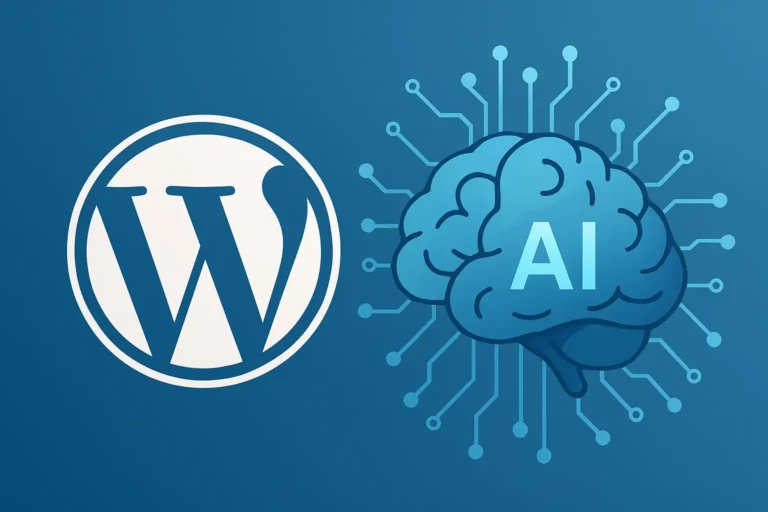In today’s fast-paced business landscape, companies of all sizes are faced with the challenge of managing their operations efficiently to remain competitive. Enterprise Resource Planning (ERP) systems have emerged as a powerful solution, helping organizations integrate and streamline various business processes. If you’re new to the world of ERP, this beginner’s guide will walk you through the fundamental aspects, benefits, and implementation of ERP systems.
What is an ERP System?
An ERP system is a comprehensive software solution that integrates and manages core business processes across various departments within an organization. These processes may include finance, human resources, procurement, manufacturing, sales, and more. By centralizing data and functions, an ERP system provides a unified and real-time view of the company’s operations, allowing for better decision-making.
Key Components of ERP Systems
- Centralized Database: An ERP system relies on a centralized database that serves as a single source of truth for all departments. This database ensures data consistency and eliminates data redundancy.
- Modules: ERP systems consist of different modules, each catering to specific business functions. Common modules include Finance and Accounting, Human Resources, Sales and Marketing, Inventory Management, and Manufacturing.
- Reporting and Analytics: ERP systems offer robust reporting and analytics capabilities, allowing users to generate insightful reports and gain valuable business intelligence.
Benefits of Implementing an ERP System
- Improved Efficiency: With streamlined processes and automation, an ERP system eliminates manual tasks and reduces the chances of errors, leading to increased operational efficiency.
- Enhanced Collaboration: ERP systems foster better collaboration across departments, as employees can access and share information easily, promoting teamwork and better decision-making.
- Data-driven Insights: The real-time reporting and analytics features of ERP systems enable data-driven decision-making, empowering businesses to identify trends, opportunities, and potential challenges.
- Cost Savings: Despite the initial investment, implementing an ERP system can result in cost savings in the long run. By optimizing processes and resources, businesses can reduce operational costs and enhance their overall profitability.
Choosing the Right ERP System
- Identify Business Needs: Before selecting an ERP system, assess your organization’s specific requirements and challenges. Understanding your needs will help you choose an ERP system that aligns with your objectives.
- Scalability: Ensure the chosen ERP system is scalable, meaning it can accommodate your business’s growth and evolving needs.
- Integration Capabilities: Consider an ERP system that can integrate seamlessly with your existing software solutions, such as Customer Relationship Management (CRM) or Supply Chain Management (SCM) tools.
- User-friendly Interface: A user-friendly ERP system is crucial for successful adoption and ease of use by employees at all levels of the organization.
Implementing an ERP System
- Planning Phase: During this stage, define the project scope, set objectives, allocate resources, and establish a timeline for the ERP implementation.
- Data Migration: Migrating existing data to the new ERP system is a critical step. Ensure data accuracy and consistency during this process.
- Training and Adoption: Proper training is essential to ensure all employees are comfortable with the new ERP system. Encourage feedback and address concerns to facilitate smooth adoption.
- Testing and Evaluation: Conduct thorough testing before going live to identify and rectify any issues. Monitor the system’s performance after implementation and address any post-launch challenges.
Challenges and Tips for Successful ERP Implementation
- Resistance to Change: Resistance to adopting new processes and technologies can hinder ERP implementation. Effective communication and involvement of key stakeholders can mitigate this challenge.
- Customization Overload: While customization can address specific needs, excessive customization can lead to complexity and increased costs. Opt for a balance between standard features and tailored solutions.
- Data Security and Privacy: With sensitive business data stored in the ERP system, robust security measures are essential to protect against potential breaches. Invest in cybersecurity protocols and best practices.
- Continuous Improvement: ERP implementation is an ongoing journey. Encourage continuous improvement and regularly update the system to adapt to changing business needs.
Conclusion
Enterprise Resource Planning (ERP) systems have revolutionized how businesses manage their operations, bringing efficiency, collaboration, and data-driven decision-making to the forefront. By understanding the fundamental aspects of ERP systems and following a well-planned implementation approach, organizations can harness the full potential of ERP technology, leading to enhanced productivity and success.




